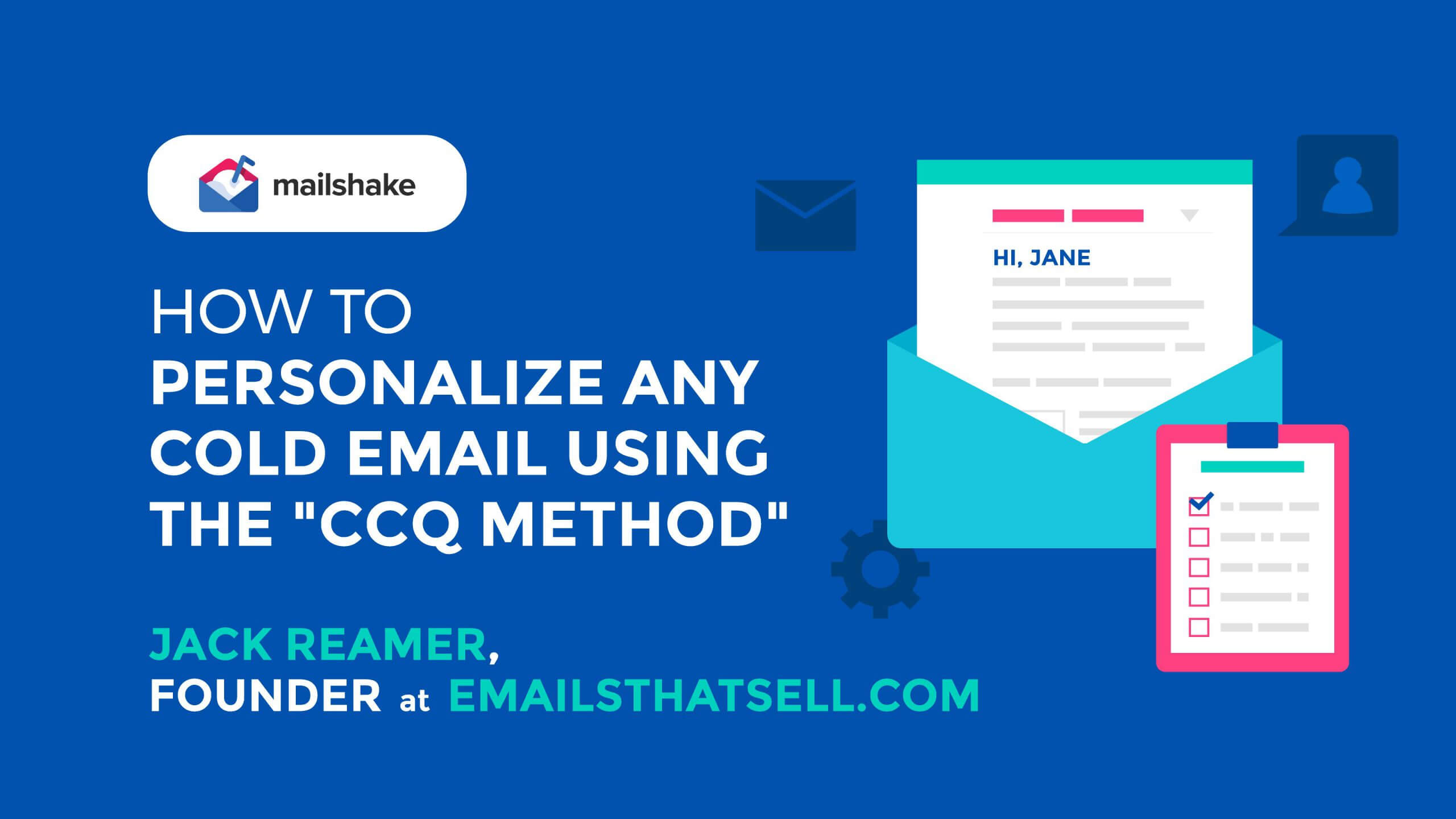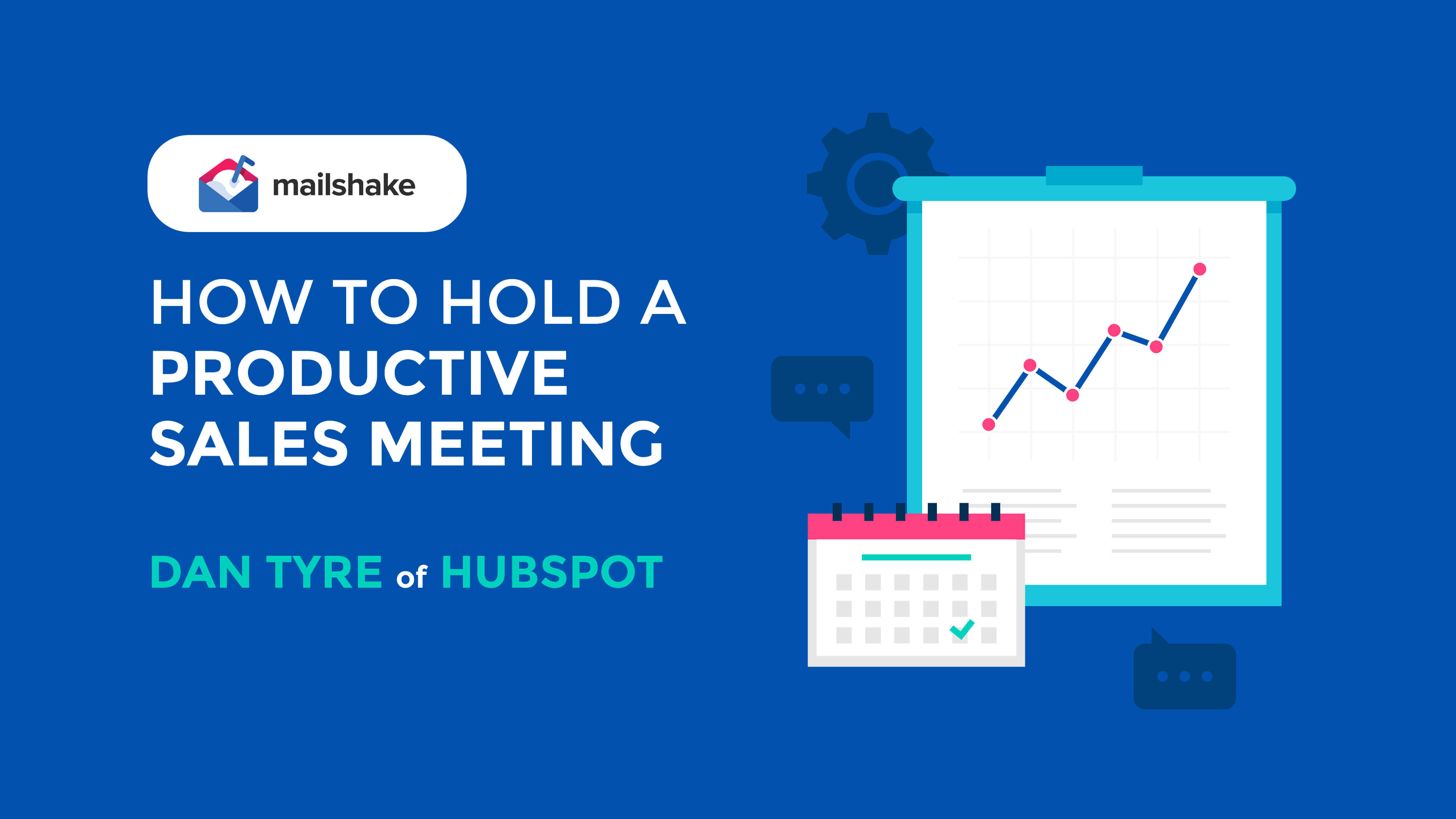How To Be Successful as an SDR in Your First 90 Days

Contents
The job of a Sales Development Representative is not easy – it takes a particular kind of person to succeed in this role.
As any SDRs will attest to, in the first weeks and months of the role, you can feel like you’ve been thrown into the deep end of a particularly cavernous pool. This baptism of fire can leave many first-time SDRs wondering if they’ll ever succeed in sales.
So to give them a pointer in the right direction, I sat down with Sarah Hicks, Senior Sales Development Representative at Predictable Revenue, to find out how SDRs can set themselves up for success in the first 90 days.
Sarah comes from an unusual background for a sales rep: she initially trained as an actor before deciding to apply the skills she had learned in the theater to a sales role, which gives her a brilliant perspective on tackling the early days as an SDR head on.
How Do You Define Success as an SDR? [1:05]
Sarah notes that one simple metric by which to measure your SDR success is targets. Ultimately, the number one thing for SDRs is always going to be booking meetings for your company.
“The next thing that signifies success is knowing the role like the back of your hand, so you know all the rules about prospecting, you know your company, you know everything about your product and service,” she adds.
The third marker of SDR success, according to Sarah, is when you begin to come up with your own strategies.
“Then you no longer have to rely on the tried and true methods of your company – of course those will always be your foundation – but you can branch out and start trying new things on your own,” she explains.
What Are Some Key Areas for a New SDR To Focus On? [2:04]
Sarah pointed to five key areas new SDRs should concentrate on:
- Learn about your industry and your company
- Know your product or service
- Get comfortable communicating on the phone and over email
- Figure out how to organize your time in the most effective way, and create good habits
- Be experimental
Read on to discover how to put these points into action.
How Do You Execute Learning About Your Industry and Customer? [3:42]
“Learn from your manager: when someone’s training you in, you’re going to ask them as many questions as you possibly can,” she advises, adding that new SDRs should learn from their peers, too.
“Follow thought leaders in the space that your prospects are interested in, or follow your prospects on LinkedIn. And just become an expert in all things in that industry, in all things that your customers are going to worry about.”
How Do You Execute Learning About the Product and Service? [5:33]
Sarah describes your manager as your “number one resource” for learning about product and service during the onboarding phase. Your colleagues are valuable resources as well.
“Those are the people that have been working with this product or service for a long time, they know how to talk about it, they know how the customer wants to hear about it, so they’re the best resource,” she explains.
Next, it’s time to get familiar with your company’s case studies.
“Know them really, really well so when you’re having a conversation with a prospect and they say ‘I’m in this space and I’m having this problem,’ you’ve got this litany of examples that you can pull from,” she recommends.
Sarah also suggests that newbies take advantage of the execution side of the company, as they’re the ones actually delivering the product or service, and they’re the ones who continue to have customer relationships after clients have moved on from the sales team.
How Do You Execute Getting Comfortable in an SDR Role? [7:35]
“You need to get going as soon as possible,” says Sarah. “This is something the guy who trained me in was very good at – he made me cold call on my very first day, he made me design a sequence, write all my own messaging on the very first day.
“But it was awesome to force me to go to work right away, force me to get on the phone, and I was probably totally wildly unprepared, but it forced me to think on my feet and it also forced me to see what I didn’t know yet.”
Sarah emphasizes the importance of being given the room to make mistakes at the beginning of your SDR career.
“Show your script to the managers and have them show you why something doesn’t work,” she suggests. “You’ll always have a better understanding than if they just give you a script and you never question it and you just go from there – you’ll never know why things are written or designed in a certain way unless you give it a go yourself.”
How Do You Execute Forming Good Habits Around Time Management? [9:29]
“It’s a fine balance between what your manager wants you to do and what actually works for you,” Sarah explains.
However, she does recommend blocking out the time to complete certain tasks – such as LinkedIn messages or personalized emails – back to back.
How Do You Execute Personal Development? [11:50]
“The number one thing for me has been following thought leaders on my space in LinkedIn,” she says. “Being in the sales space, there are so many great thought leaders that are constantly sharing tips and tricks and strategies with really good data to back them up, and they’ve been the best for me.”
When it comes to literature, Sarah recommends leaving your comfort zone behind and reading books about every area of a business in order to see where you fit into the bigger picture.
How Do You Execute Experimentation? [13:52]
“The most important thing is to learn all the rules so you can break them,” she says, recommending that once SDRs have a foundational understanding of outbound, they start going above and beyond that.
“Rework a strategy that you see a thought leader share. If you watch a webinar on some strategy, try to apply it and then try to re-jig it so it’s really specified to your product, audience, or service. Or even just make something up totally out of the box,” she suggests.
If you have any questions, feel free to send Sarah a connection request on LinkedIn. Check out the Predictable Revenue website for more resources on outbound strategies and what makes SDRs successful.





